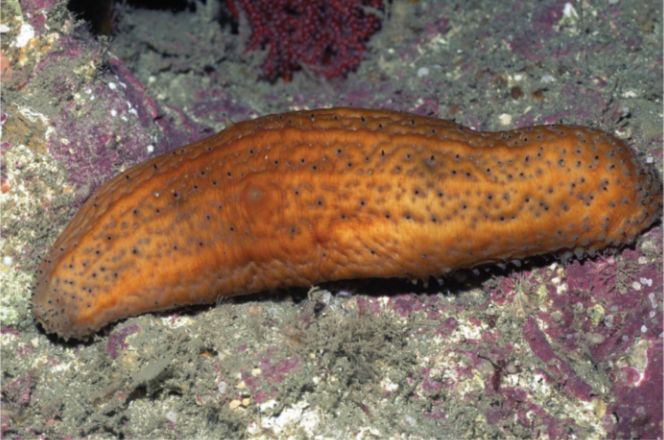Blog on your Fourth Chromosome
In chapter four of Genome, Matt Ridley talks about the most popular gene associated with disease, which is, Huntington's chorea. Many people who don't actually have true knowledge on genes, immediately believe genes are on chromosomes to cause diseases. Yet, this is not true at all. For example, we all have the Wolf-Hirshhorn gene except, those that develop its syndrome is that their gene is missing all together. In reality, diseases relating to the malfunction of genes get there name if that particular gene is missing in normal human bodies, not because the DNA is written differently. One thing i found very interesting about Chromosome four is that it contains the word, CAG, being constantly repeated either 6 or 30 times. "If the word is not repeated more than thirty times, you will be fine." So if the repetition of CAG is redundant for a very long time, then as a result we can develop Huntington's Disease. "The more glutamines there are at this point, the earlier in life the disease begins." Huntington's Disease can start to develop as early as when you are thirty or fifty years of age. Affected Fathers are most likely to give their son's this disease "more severely and at a younger age because their sperm cell's CAG are growing. I also find it very interesting that other chromosomes also share the C*G repeats' that cause neurological diseases in a human. For example, myotonic dystrophy is caused by the repetition of GTG in a gene on chromosome nineteen. This is the main thing I learned from this chromosome. Now I know why the author titled this chapter "FATE" because "your fate is in your genes." It does not matter if you live in a world of riches or even if you maintain a well balanced diet, you can develop a disease if your genes feel like it or not.











